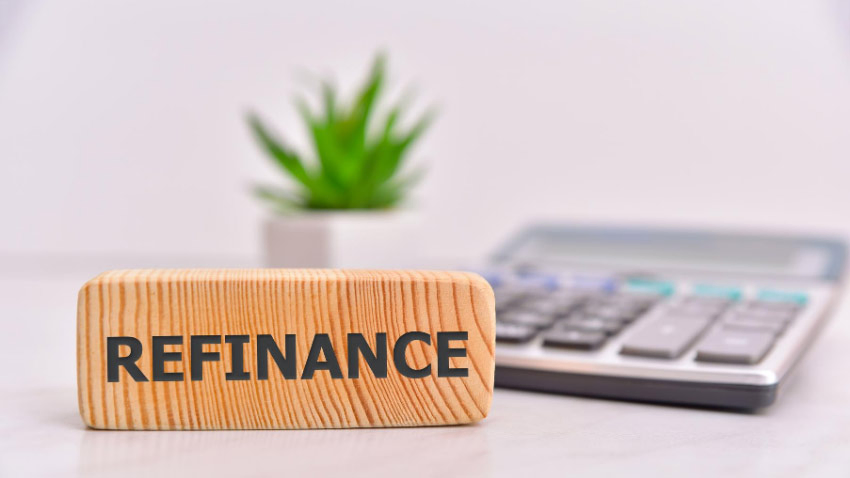When it comes to refinancing, sometimes it’s not just about getting a lower monthly payment. There are many strategies you should consider in order to maximize the value of your mortgage refinance.
Refinancing Strategies
- Rid Mortgage Debt Quicker – When refinancing, you will have the option to choose a shorter loan term than the current one you have. This will result in your debt being paid faster. So, if you currently have a 30-year mortgage and refinance with a 15-year, you’ve just subtracted 15 years off your debt’s life. Your lender can help you manage your debt.
- Get a Fixed Rate Locked In – If you currently have an adjustable-rate you may be worried that rates are increasing. Take the refinancing opportunity and lock in a fixed rate. You may risk some savings in the future if rates drop, but it is unlikely that rates will be dropping any lower any time soon. Take the opportunity!
- Improve Cash Flow with Reduced Payment – With a lower interest rate, your monthly payments are reduced. This greatly improves your cash flow month to month. When refinancing, selecting a plan that will reduce your overall monthly payment will give you more breathing room each month.
- Pay Off Your Debt – A cash out refinance could mean debt consolidation. This means you pay off your high-interest debt by utilizing your home equity. A benefit will be a lower interest rate for you. Take caution if you decide on doing this. You will be extending consumer debt out 30 years. Also, realize your home is being used to secure your debt. So if something unfortunate happens and you can’t make payments, you run the risk of losing your home.
- Get a Lower Interest Rate – You may not have gotten the best rates when you bought your home, so refinancing in the future could mean big savings for you. If you’ve improved your credit score, you will benefit tremendously. The cost you pay over the life of the loan will decrease, leaving you with more money in your pocket.
- Cash Out – You can borrow more than you owe and even keep the difference with a cash-out refinance. For example, you owe $200,000 on your home but your home is worth $280,000. Meaning, you have acquired $80,000 of equity. This doesn’t mean you will receive the full $80,000 but most companies allow you to borrow up to 80% of the value of your home. In this scenario, you can refinance up to $224,000. As soon as $200,000 is paid off, you will be left with $24,000 in cash to use.
Considerations When Refinancing
Refinancing is a move you should make if it’s right. You are going to want to consider a few things. It is best to refinance when you know your interest rate will be lowered by 1% or more. Be aware of closing costs. This can include charges for an appraisal, attorney, title insurance, taxes, and more. These costs can add up to 3 to 6 percent of your loan’s principal amount.
You should also think about how long you plan to remain in your home. Calculate what your overall monthly savings would be if the refinance were to be completed. If you end up saving a thousand or more annually with a refinance, you’re in a good position. Your lender can help to calculate any costs for the refinance if you decide to go through with it. Let’s say your costs add up to $2,500, divide the cost by your annual saving from refinancing (let’s say $1,625). You’ve found your break-even point–1.6. So if you plan to stay in a home for two years or more, refinancing would be a sensible option here. If your annual savings were less, it would increase the duration you have to stay in your home.
You can’t forget about Private Mortgage Insurance (PMI). There are five types of PMI you can get. You do not need PMI if you have 20% or more home equity unless you are a high-risk borrower or are receiving an FHA loan. This policy is meant to protect the lender if the buyer stops making their loan payments. To refinance, you may be obligated to carry PMI. This may increase your monthly payment, so even with a lower rate, your true annual savings may not be as much as you’d like. Be sure it’s worth it before you refinance.
Conclusion
Today’s mortgage rates are very low making it a great time for many to refinance. However, think more strategically about your situation and consider all your options in order to maximize the benefits of your refinance. Picking the best mortgage lending partner possible can make the difference.




